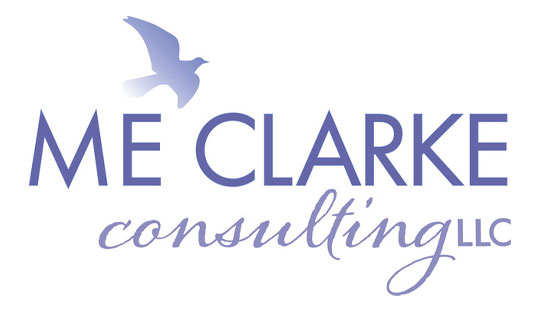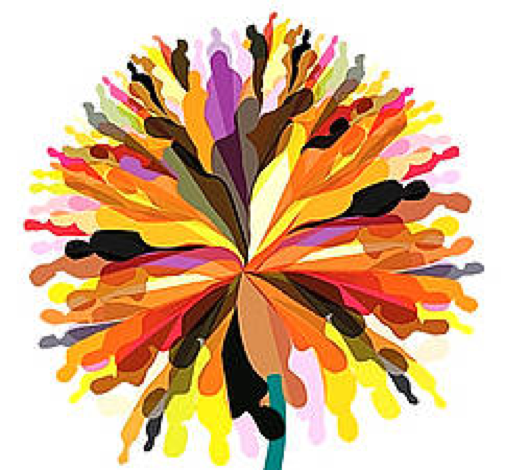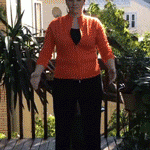Diversity With a Capital “D”
“You can’t deal with a problem if you don’t name it; once you name it, you can think, talk, and write about it. You can make sense of it by seeing how it is connected to other things that explain it and point towards solutions.”
-Allan G. Johnson in Privilege, Power and Difference

Diversity with a Capital “D”: Intentional Awareness
When there are windows of opportunity, we, as human beings, will gladly climb through them to “get further” on the road of life. Why though, does it seem some people get through more windows while others cannot even reach the window sill, even if right in front of them? And what does it mean to say “further” in life anyway? How can I be further than you or you than I? How is where you are better than where I am?
“Everyone has a different path to follow and will not arrive at the same spot in the same way.”
An activity, called the “Privilege Walk”, is often used as a conversation starter to discuss the deeper issues around diversity and inclusion. As the activity progresses, participants are asked to take steps forward or backward based on their responses to a set of questions about their life experience. Statements in this exercise include:
If you have visible or invisible disabilities take one step backward.
If your family had health insurance take one step forward.
If your work and religious holidays coincide take one step forward.
If you took out loans for your education take one step backward.
If you have ever felt unsafe walking alone at night take one step backward.
Where would these questions direct you? How about your friends? Colleagues? Boss?
Some may think that stepping forward through the activity is positive or those in the back need to somehow be brought “up to speed” or mentored to reach the front. But in reality, we each stand at a different point on the path because of the journey of our life, so much of which is out of our control.
Diversity and Inclusion is often considered a taboo subject, where many avoid the mere mention of it. And even those willing to courageously engage in the conversation, have not figured out how to confront the manifestation of privilege and oppression in action – discrimination. It deserves to be more than a subject of conversation; it even goes beyond the need to confront discriminatory actions. It is really about becoming conscious of and changing the policies, procedures, laws and social norms that both maintain and perpetuate current power dynamics – oppression. The journey requires intentional awareness versus unintentional exclusion.
So, how do you move from talking about it to increasing intentional awareness? We have described in a previous blog post how the University of Cincinnati’s Information Technology has made Diversity and Inclusion a core value. They have created a plan to increase intentional awareness of the importance of Diversity and Inclusion by creating ample learning opportunities to reduce unintentional exclusion and by making it part of performance evaluations. For UCIT, the recent organization-wide trainings we facilitated have opened the door to engaging in difficult discussions, promoting awareness about inclusion: embracing it as not just a buzzword but as a cultural norm while giving people the hope that things will continue to evolve and improve.
“We need to embrace the fact that everyone has a different path to follow.”
Talking about diversity and inclusion or privilege and oppression is not about shaming anyone for where they stand in society or who they are, but it is about intentional awareness of where and who they are, as well as who we are. Take into consideration the platinum rule: Treat others how you think they wish to be treated. By taking into consideration a different perspective, a natural outcome is intentional awareness.
As Andres Tapia shared on a visit to Cincinnati,
“Diversity is the mix and inclusion is making the mix work. So what is the mix for the company and the environment in which you’re in? That’s diversity. Then, how well is it working? I can have the mix of people, but they may not be working very well together. That’s the inclusion part. And within the answer to what’s the mix, it could be race, ethnicity, gender, disabilities, sexual orientation, thinking styles, personalities, functional, generational . . . it can be some or all of these things. And we work with all those dimensions.”
And that’s Diversity with a capital D.





Leave a Reply
Want to join the discussion?Feel free to contribute!